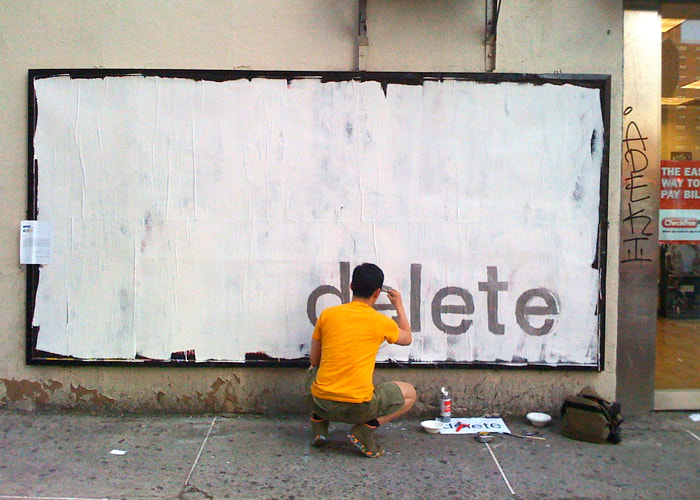|
The Global Village and Trade Without Borders Globalisation contains two interlinking themes, one of which is the 'global village', the occurrence of the world being connected by means of communication such as the internet. It is thought that this community share a common destiny, containing a mix of local/indigenous culture with global influences. There is also a disproportionate effect of one culture over another, and an economic and technological impact on community relations due to it being a post-traditional community. Traditional communities tend to have a sense of roots, belonging, and historical ties, and have fixed local work patterns. They also usually contain a fixed spatial environment of private and public spaces, shared rituals such as celebrations and community events, and a respect for community hierarchy. In post-traditional communities, people move around more frequently, either for work or leisure, through the generations. The spatial environment changes to accommodate socio-economic change, and the internet creates a growth of online virtual communities. Growth in global economies trace back to the 1980s, showing movement in the west from manufacturing to service based, and a collapse of institutional barriers to trade and rise of global brands. Global Corporations The Canadian author, social activist, and filmmaker, Naomi Klein, argues that this growth marked the movement from production to branding. Corporations are immortal, accumulating power, wealth and influence, as well as able to change their operation quickly. They are also aggressively competitive, driven by profit and growth and can change their ideology to suit location. A corporate brand is a signifier of image, lifestyle, attitude and myth; it includes a designed identity and logotype that is spread via methods such as advertising, celebrity endorsement and product placement. The growth of high concept advertising means there's an absence of product and the production process is hidden from view; its not part of the brands construction. The manufacturing process is outsourced, usually from parts of the developing world such as Indonesia, Korea, etc, to minimise labour costs. Ethical Design The anti-corporate movement has been growing since the early 1990s, creating an increase in politicisation, awareness and anti-consumerism. The use of social media creates subcultures and community forums in cyberspace where design is used as a weapon of propaganda, subversion and culture jamming. Some creative resistance strategies include brandalism, detournement (hacking), subvertising, pranksters and interventions, urban environmentalists, virtual communities, and ethical and sustainable design/art practice. The 'First Things First' 2000 manifesto is a rewrite of the 1964 FTF document, redesigned for a global/corporate age and signed up to by leading designers/artists; design as a weapon for social change. A designers ethical code expresses how responsible you feel you are for the work you put out into the world and how far you should be guided by your conscience as a creative. There are many artists and designers who take a strong ethical and/or political stance in their work, one of which is Jessica Walsh, who alongside Stefan Sagmeister, illustrated 40 pins consisting of designs that protest Donald Trump and instead encourage Americans to vote for Hilary Clinton. The idea behind this project came from the popularity of pins among young people and it was thought that it could inspire them to register to vote. It was discovered that in the 2012 election, only 26% of millennial voted, meaning 48 million votes were lost. The designs 'promote love, tolerance and kindness' and encourage voters to 'wear their heart and politics on their sleeves'. Another artist who takes a strong ethical stance in their work is Benjamin Von Wong, a Canadian artist, activist, and photographer famous for his 'environmental art installations and hyper-realist art style'. His photography 'combines everyday objects with shocking statistics' to create awareness on plastics, electronic waste and fashion pollution. There are also many well known graphic designers with strong opinions on ethics/politics, one of which is Milton Glaser. He originally intended to be as professional as he could, but later made the realisation that graphic design is essentially unprofessional; "what is required in our field, more than anything else, is continuous transgression. Professionalism does not allow for that because transgression has to encompass the possibility of failure". In other words, designers can not be sure that their ideas will be successful. Herb Lubalin is another American designer with strong ethics; he quit working for a successful agency to set up his own design studio as he didn't like the idea of selling people things they didn't need. Sources:
Notes:
0 Comments
Leave a Reply. |
AuthorHi, I'm Emma. I'm currently studying Graphic Design at the University of Cumbria. Modules
All
Archives
May 2021
|
Site powered by Weebly. Managed by 34SP.com


















 RSS Feed
RSS Feed